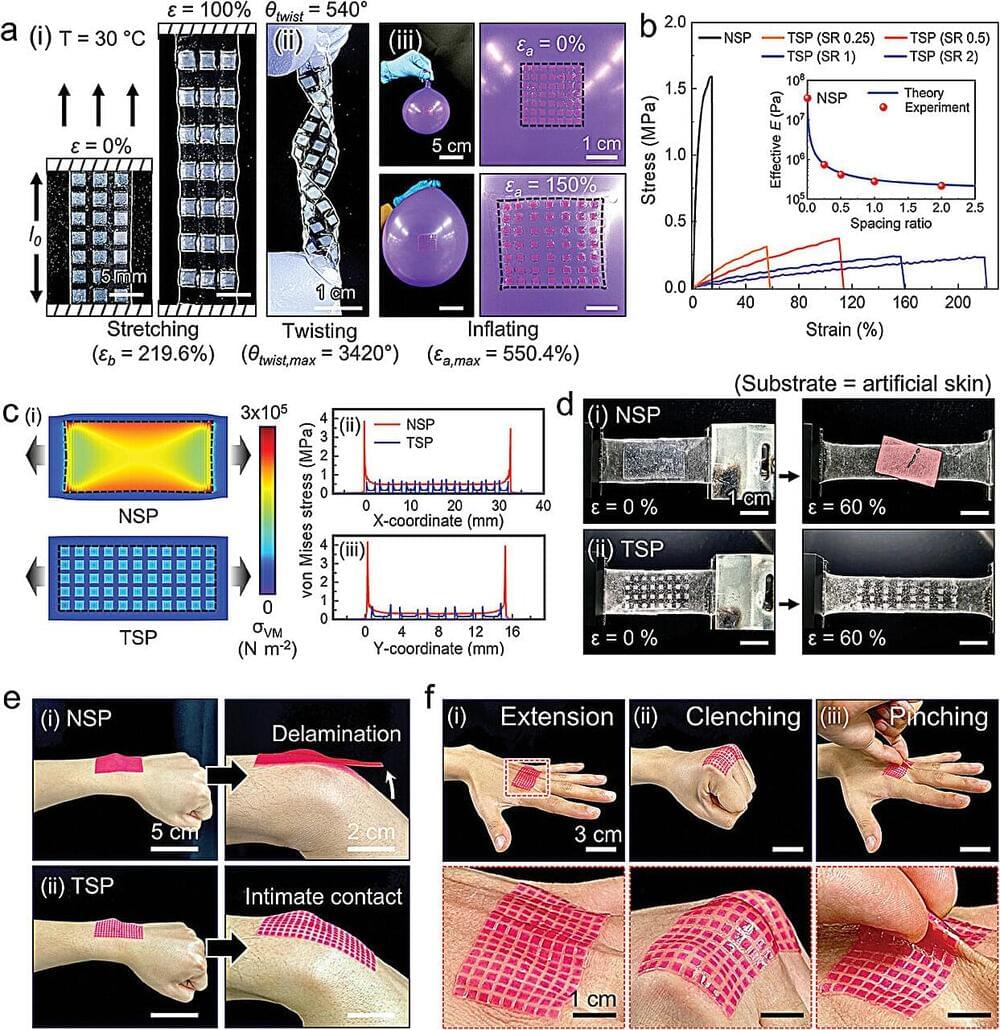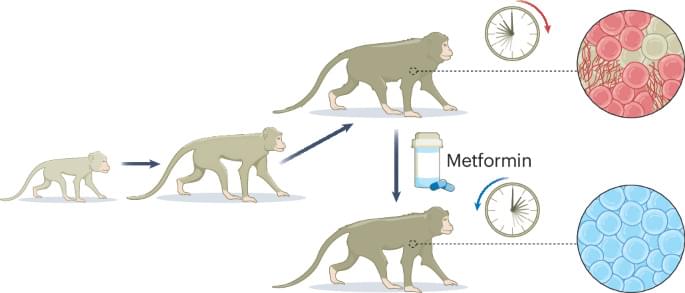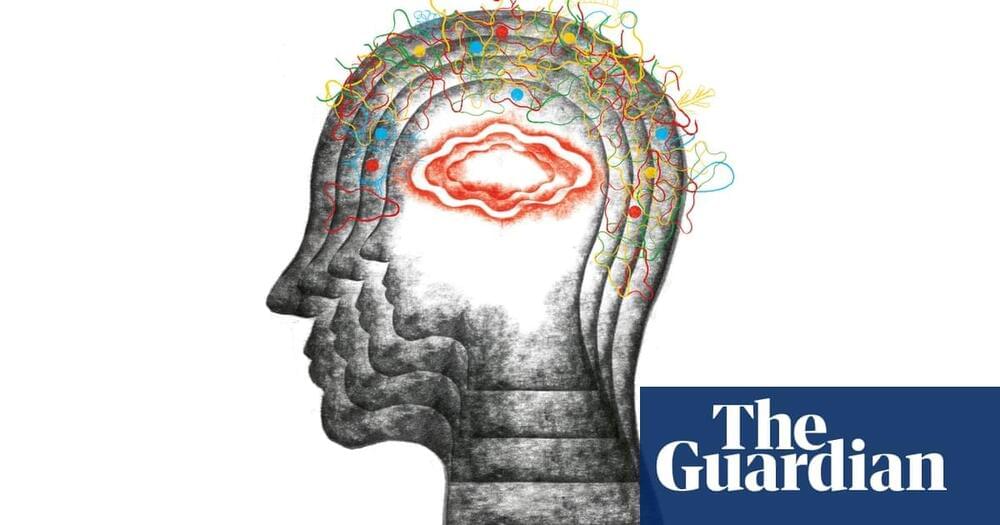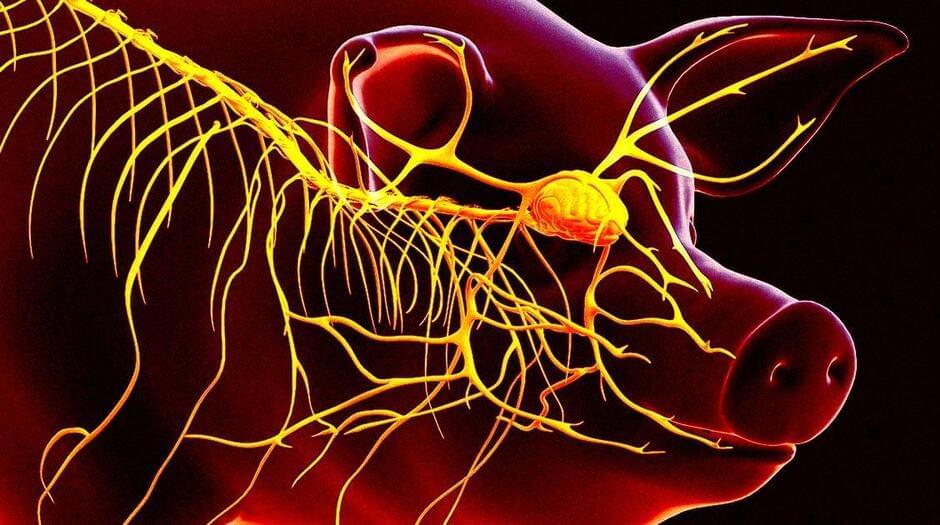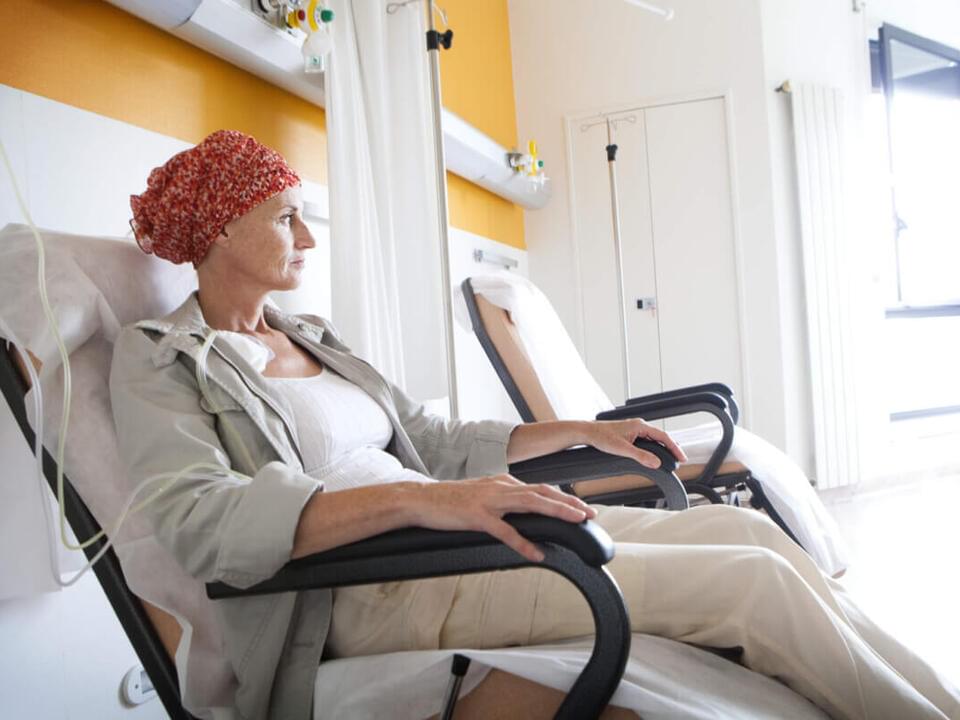Junk DNA may not be so ‘junky’ after all – these regions may hide genetic material coding for tiny proteins involved in disease processes like cancer and immunology.
Our records of the human genome may still be missing tens of thousands of ‘dark’ genes. These hard-to-detect sequences of genetic material can code for tiny proteins, some involved in disease processes like cancer and immunology, a global consortium of researchers has confirmed.
They may explain why past estimates of our genome’s size were way larger than what the Human Genome Project discovered 20 years ago.
The new international study, still awaiting peer review, shows our library of human genes very much continues to be a work in progress, as more subtle genetic features are picked up with advances in technology, and as continued exploration uncovers gaps and errors in the record.


